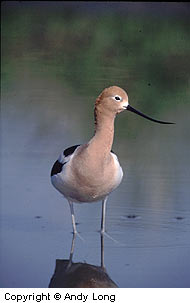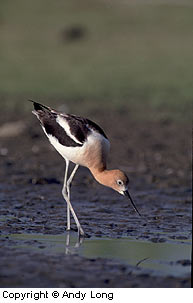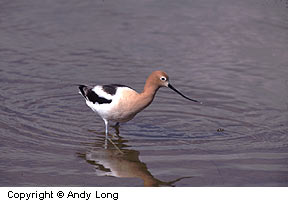 When you’re identifying birds, shape is one of the key clues.Body shape can indicate the type of bird or even give you a full identification, whether the bird is perched or in flight.Bill design can also aid identification.A bill—coupled with an examination of the bird’s feet–can even provide information about the kind of diet and/or hunting strategy a particular bird has.
When you’re identifying birds, shape is one of the key clues.Body shape can indicate the type of bird or even give you a full identification, whether the bird is perched or in flight.Bill design can also aid identification.A bill—coupled with an examination of the bird’s feet–can even provide information about the kind of diet and/or hunting strategy a particular bird has.
The hooked bill and sharp talons of hawks and eagles tell you right away that they grab food with their feet to carry away so they can eventually rip it apart to eat it.The long, pointed bill of herons indicates that they stab their prey.And, with avocets, their thin, up-curved bill indicates that they forage on the bottom of shallow water to find small creatures to eat.
When you come upon feeding avocets, you’ll notice quite a bit of activity.While some animals stand and wait for their food to swim by so they can stab it, avocets are in constant motion, scurrying around and sweeping their long bill from side to side in the shallow water to locate favorite food sources.Although their primary food is small crustaceans and insects, they’ll also use their bills to reach down to pluck aquatic vegetation from the bottom.
In areas where the water is shallow enough, avocets often share their dinner table with other birds–in particular, the smaller Wilson’s phalaropes.There are quite a few species you can find feeding together, but it’s not necessarily because they happen to be there at the same time.A feeding relationship that benefits one or both of the feeding partners is referred to as a commensal association.This is a situation in which one species assists the foraging of the other.In some cases, both birds benefit from the relationship, while in other associations, only one bird is helped.For example, both species benefit when one bird is standing near another and enjoys food that was flushed by the first bird but is out of its reach.In turn, the bird standing by keeps watch for predators.A good example is with the white ibis and the great egret, with the taller egret being the benefactor of food while looking for danger.
 The other association contradicts the old phrase “there’s no such thing as a free lunch.”It involves one bird scaring up food for another bird without receiving anything in return.This is the kind of relationship the avocet and phalarope share.In this pairing, the bird scaring up the food is called a “beater,” while the recipient of the free meal is called an “attendant.”While this situation is very common among water birds, you can observe it among other animals.Examples might include cattle egrets sitting on a cow or a bird climbing on the back of an elk.
The other association contradicts the old phrase “there’s no such thing as a free lunch.”It involves one bird scaring up food for another bird without receiving anything in return.This is the kind of relationship the avocet and phalarope share.In this pairing, the bird scaring up the food is called a “beater,” while the recipient of the free meal is called an “attendant.”While this situation is very common among water birds, you can observe it among other animals.Examples might include cattle egrets sitting on a cow or a bird climbing on the back of an elk.
Avocet Behavior and Photo Opportunity Tips
Since avocets aren’t hunted, they’re not as wary as some other waterfowl, thus making photographing and approaching them easier.Unlike most other wading birds,they have partially webbed feetthat permit them to swim easily in deeper water.
However, when their newborns are present, they do tend to flush more easily.Both males and females incubate the eggs.Males spend more time on the nest during the first eight days, with the female taking over the nest for the next sixteen days.Both the male and female develop brood patches as they both spend time on the nest.

Nests are built of clumps of vegetation on the ground as close to brush as possible.The parents line the nest with dry grass and mud chips.During nesting season, avocets are somewhat colonial. They use this to their advantage, as they will call out an alarm and mob a predator that nears the nesting area. They’ll also perform a group distraction display.
In courtship, the male will wade through the water and bow down to its mate and dance around with its wings spread.In turn, the female will lay on the water and extend her head neck and wings.
To photograph avocets, you might want to try a trip to an avocet “hot spot.” Near Brigham City in northern Utah, Bear River National Wildlife Refuge is home to upwards of 5,000 breeding pairs of avocets.They can readily be found scattered along the twelve mile auto tour.
By Andy Long

Leave a Reply